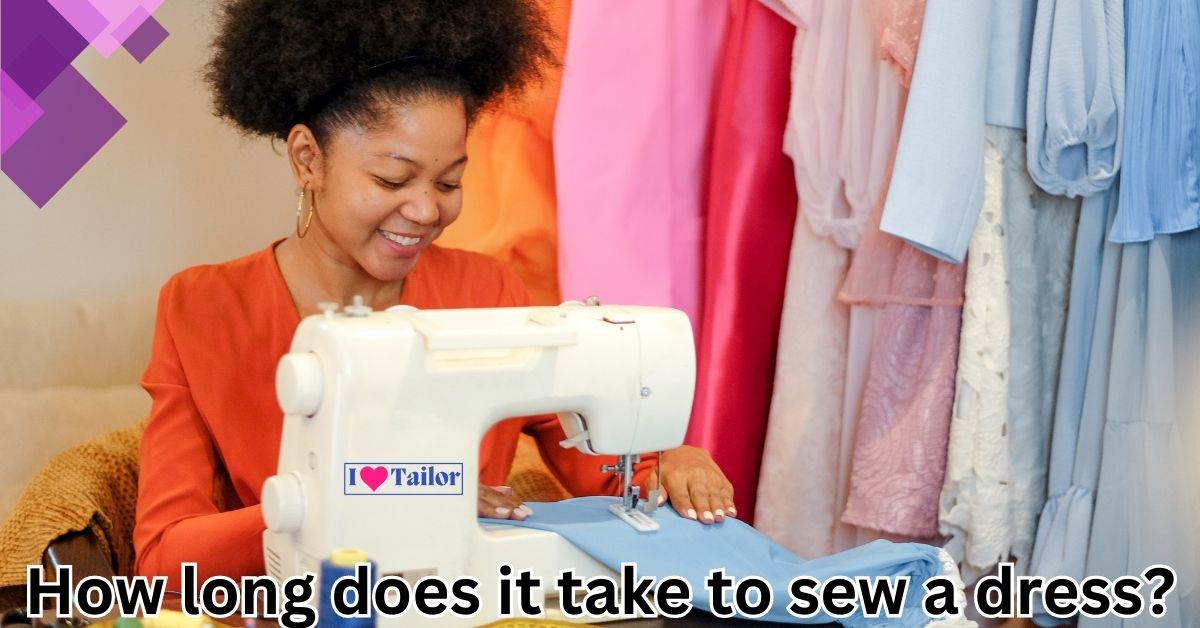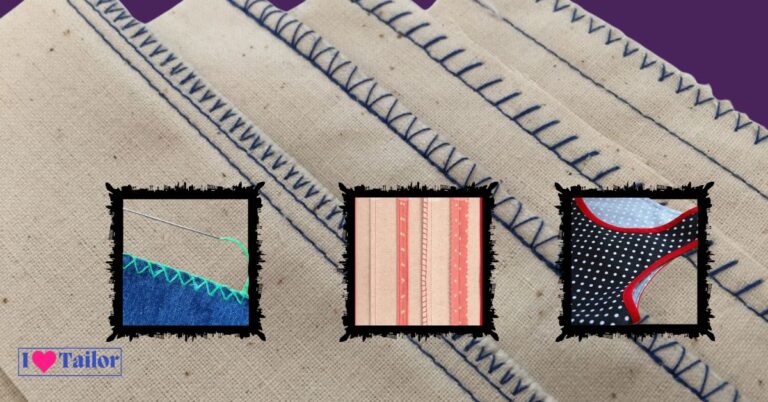How long does it take to sew a dress?
How long does it take to stitch a dress? is a query that frequently arises before a dressmaking endeavor. This article “How long does it take to sew a dress?” will cast light on this topic by examining the various factors that affect the amount of time required to create a dress, thereby enhancing your dressmaking abilities.
Understanding The Basics of Dress Sewing
Dress sewing is an art that demands patience and skill. The process ranges from creating a pattern, selecting and cutting the fabric, sewing the pieces together, to finally adding the finishing touches. The duration of this process is influenced by the complexity of the design, the sewer’s expertise, and the quality of the tools used.
If you need a special occasion dress quickly, you may want to inquire about the turnaround time for customized orders.
From the time of purchase to delivery, it usually takes around 02 weeks.
The typical turnaround time for a custom dress is two to three weeks.
Some gowns, however, take more time to complete than others simply because they need more time and fabric.
Related: “How much does it cost to tailor a dress?” List of costs to tailor a dress according to one’s needs and choice.
Pattern Selection – The Blueprint of Your Dress
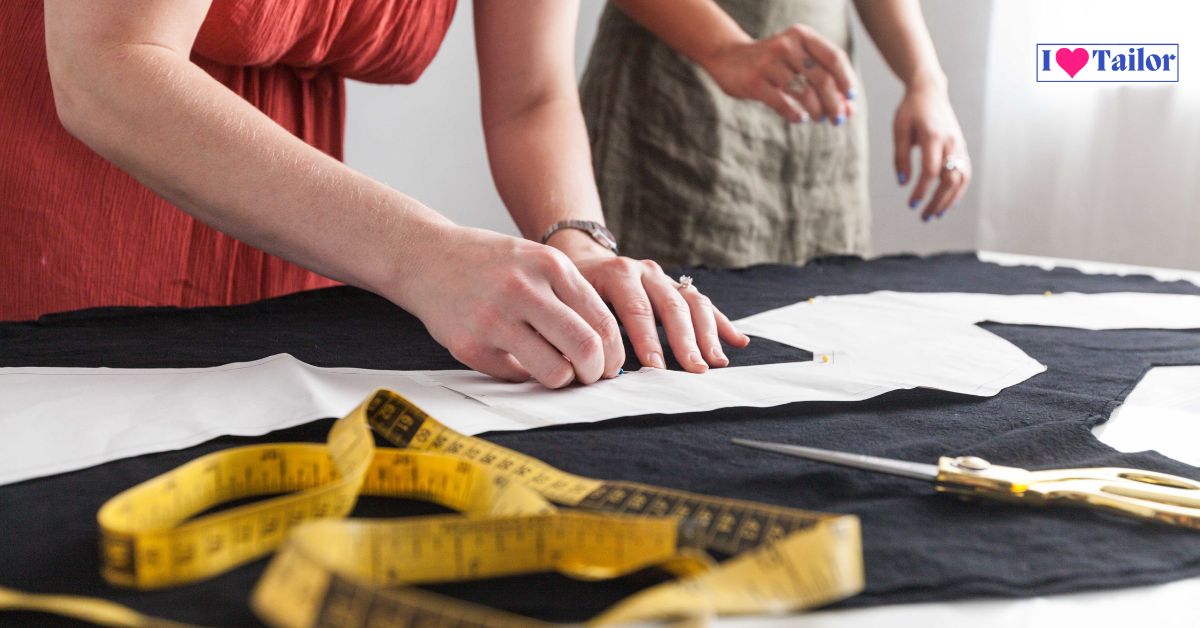
Choosing a pattern is similar to selecting a dress’s blueprint. There is a wide variety of patterns, ranging from simple sheath dresses to more intricate ball gowns and cocktail dresses. A straightforward pattern may take a novice approximately one hour to comprehend and prepare for modification, whereas complex patterns may take several hours or even days.
Pattern Alteration and Fitting – Tailoring to Your Measurements

The next step is to alter the pattern to fit your measurements. This process can be quick for experienced sewists, but beginners may need additional time. Expect this stage to take anywhere between 2-4 hours. Remember, accurate alteration is crucial for a well-fitted dress.
Cutting the Fabric – Precision at its Best
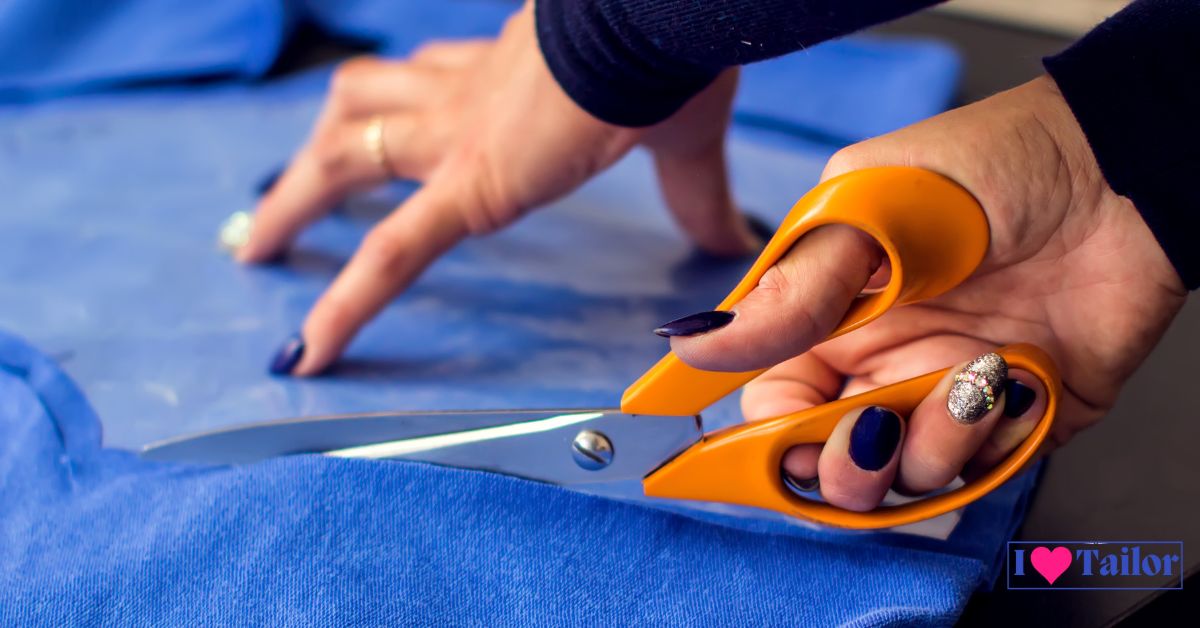
Cutting your chosen fabric according to the pattern is a crucial step, requiring utmost precision. Speed will come with practice. Beginners may need about 2-3 hours for this stage, while more experienced sewists might finish in about an hour.
Sewing – Bringing Your Dress to Life
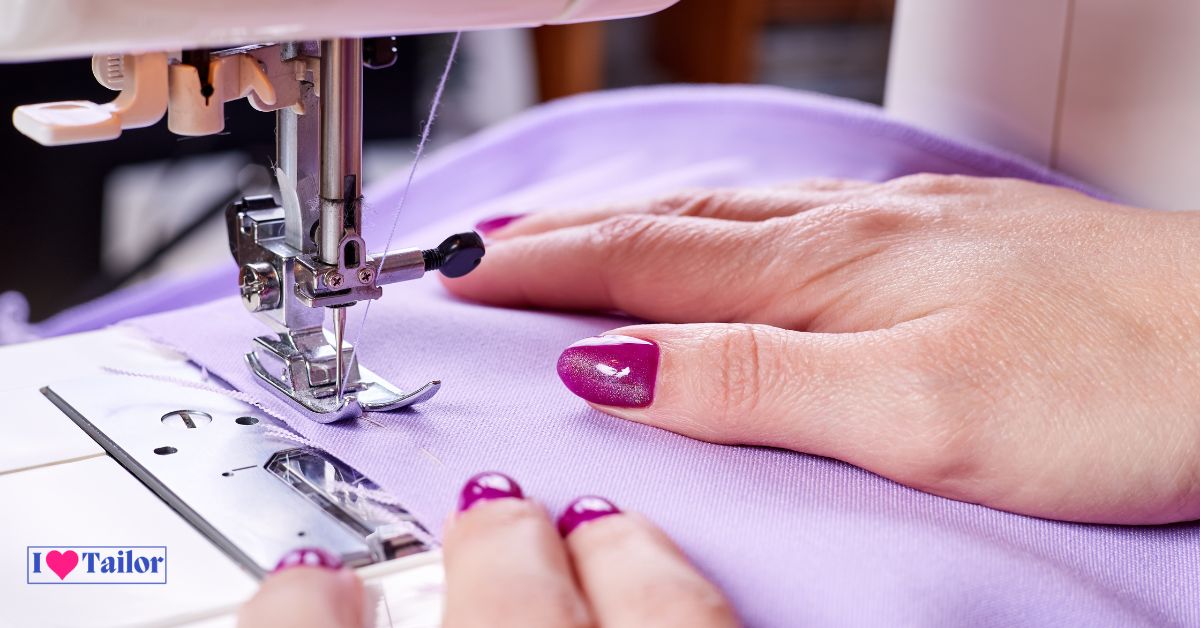
Sewing the dress is the most time-consuming part of the process. A straightforward pattern might take a beginner around 6-8 hours to sew. More complex dresses with detailed embellishments or features like pleats, pockets, or ruffles could require several days of work.
Time Required For Different Dress Types
1. Basic Dress

A basic dress with a simple pattern and minimal detail, sewn by an experienced seamstress, can take anywhere from 4 to 6 hours. This timeframe includes pattern preparation, fabric cutting, and sewing.
2. Detailed Dress

A detailed dress with more complex features like pleats, lining, or ruffles can take an experienced sewer 8-12 hours. Intricate details require additional time to ensure accuracy and a neat finish.
3. Formal or Wedding Dress

Creating a formal or wedding dress involves a higher level of detail, precision, and often hand-sewing. This type of dress could take an experienced dressmaker up to 40-60 hours to perfect.
Impact of Sewing Expertise
1. Novice Sewer
If you’re a beginner, expect your sewing process to take longer. As a novice, you might need double or triple the time an experienced sewer would require.
2. Intermediate Sewer
As an intermediate sewer, you’ve mastered the basics and are more confident. Your time requirement may be 1.5 to 2 times that of an expert sewer.
3. Experienced Sewer
With solid experience under your belt, you have honed your skills and can efficiently sew dresses. The time estimates provided above typically apply to you.
The Role of Tools in Sewing Efficiency
Quality tools can significantly reduce the time it takes to sew a dress. A high-performance sewing machine, sharp scissors, quality threads, and practical measuring tools all contribute to a more efficient sewing process.
Importance of Pattern and Fabric Choice
Pattern simplicity and fabric type directly influence the sewing duration. Simple patterns require less time, while complex patterns with more pieces can lengthen the process. Similarly, easy-to-sew fabrics like cotton or polyester will speed up your sewing compared to challenging fabrics like silk or velvet.
Customizations and Alterations
Customizations like beading, embroidery, or sequins can extend the sewing time substantially. Alterations, such as resizing or style modifications, also add to the overall time.
Planning and Organization
A well-planned and organized workflow can decrease sewing time. By preparing your materials and workspace ahead of time, you minimize interruptions, leading to a smoother, quicker sewing process.
Adding Finishing Touches – The Final Flourish
In the final step, finishing details such as hems, closures, and fasteners are added. This phase typically takes about an hour for uncomplicated designs but can take several hours for intricate details.
Conclusion: How long does it take to sew a dress?
In conclusion, “How long does it take to sew a dress?” the answer depends on several things, from your skill level to the dress’s intricacy. Remember that efficiency shouldn’t trump quality. Each outfit you create showcases your talent and ingenuity. Enjoy the process, and you’ll become better and quicker at clothing sewing.
Thanks!

